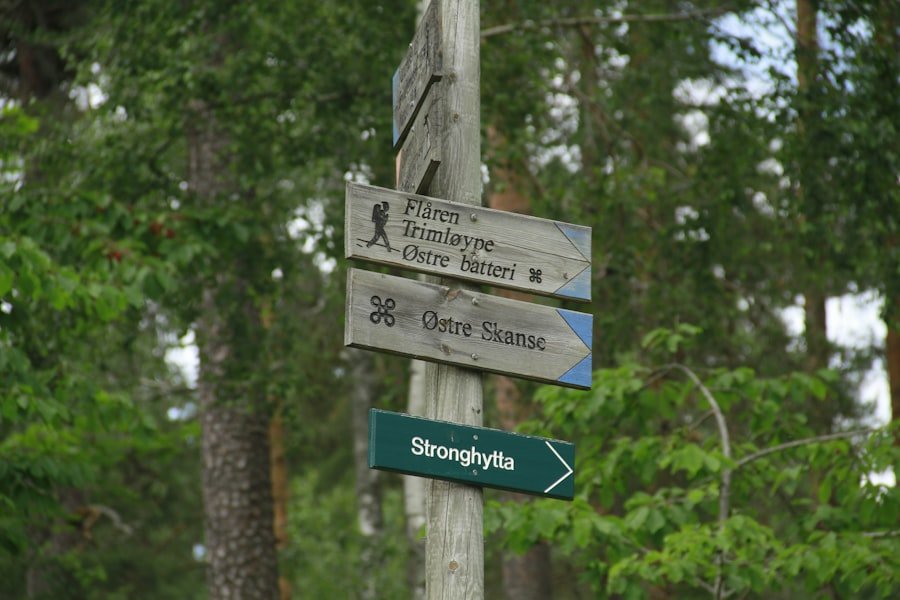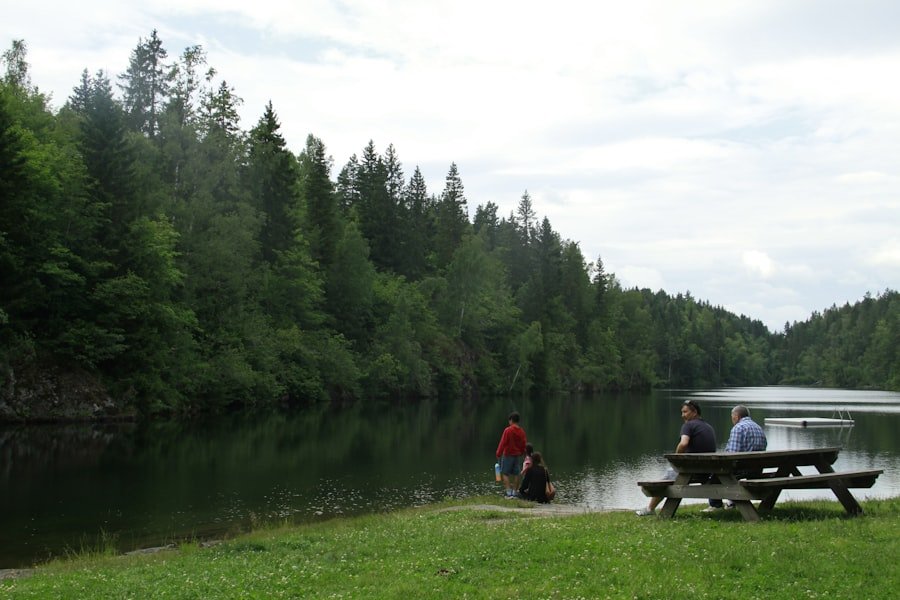

Overcoming the Norwegian Language Plateau: Pushing Through to Fluency for Your Career
As language learners progress, they often encounter a phenomenon known as the “language plateau.” This stage can be particularly disheartening, as it feels like the initial rapid gains in proficiency have come to a standstill. For those studying Norwegian, this plateau can manifest in various ways, such as difficulty in expanding vocabulary, challenges in understanding complex grammatical structures, or a lack of confidence in speaking. Recognising this plateau is the first step towards overcoming it.
It is essential to understand that this is a natural part of the language learning journey and not a reflection of one’s abilities or potential. The plateau can be frustrating, but it also presents an opportunity for reflection and reassessment of one’s learning strategies. It is crucial to identify the areas where progress has stalled and to consider new approaches to reinvigorate the learning process.
This might involve seeking out more challenging materials, engaging with native speakers, or even revisiting foundational concepts that may have been overlooked. By acknowledging the plateau and actively seeking ways to move beyond it, learners can reignite their passion for the Norwegian language and continue their journey towards fluency. Speak Norwegian Confidently. Enroll at NLS Norwegian Language School.
Table of Contents
ToggleSummary
- Recognizing the Norwegian Language Plateau: Understand that there may be a point in your language learning journey where progress seems to slow down, but persistence is key.
- Understanding the Importance of Fluency for Your Career: Fluency in Norwegian can open up new career opportunities and enhance your professional prospects.
- Setting Clear Language Learning Goals: Establish specific and achievable goals to keep yourself motivated and on track in your language learning journey.
- Seeking Out Advanced Language Learning Resources: Look for advanced resources such as literature, podcasts, and news articles to further improve your Norwegian language skills.
- Immersing Yourself in Norwegian Culture: Immerse yourself in Norwegian culture through music, films, and traditions to deepen your understanding and appreciation of the language.
Understanding the Importance of Fluency for Your Career
Fluency in Norwegian can significantly enhance career prospects, particularly for those looking to work in Norway or with Norwegian companies. In an increasingly globalised world, employers value candidates who can communicate effectively in multiple languages. Proficiency in Norwegian not only opens doors to job opportunities but also demonstrates cultural awareness and adaptability—qualities that are highly sought after in today’s competitive job market.
Furthermore, being fluent in Norwegian can facilitate smoother interactions with colleagues and clients, fostering stronger professional relationships. In addition to direct job opportunities, fluency in Norwegian can also lead to personal growth and development. It allows individuals to engage more deeply with Norwegian culture, literature, and history, enriching their understanding of the world around them.
This cultural insight can be invaluable in various professional contexts, from marketing to diplomacy. Ultimately, investing time and effort into achieving fluency in Norwegian can yield significant returns, both personally and professionally.
Setting Clear Language Learning Goals

Establishing clear language learning goals is essential for maintaining motivation and tracking progress. These goals should be specific, measurable, achievable, relevant, and time-bound (SMART). For instance, rather than simply aiming to “speak Norwegian,” a more effective goal might be “to hold a 15-minute conversation with a native speaker about my hobbies by the end of the month.” This specificity not only provides a clear target but also allows learners to measure their progress along the way.
Moreover, setting goals can help learners stay focused and committed to their studies. It is important to regularly review and adjust these goals as needed, ensuring they remain relevant and challenging. By breaking down larger objectives into smaller, manageable tasks, learners can celebrate incremental successes and maintain their enthusiasm for the language.
This structured approach to goal-setting can make the journey towards fluency feel more achievable and rewarding.
Seeking Out Advanced Language Learning Resources
As learners progress beyond the basics of Norwegian, it becomes increasingly important to seek out advanced language learning resources that cater to their evolving needs. Traditional textbooks may no longer suffice; instead, learners should explore a variety of materials that challenge their understanding and push them to new heights. This could include advanced grammar guides, literature in Norwegian, or specialised online courses that focus on specific aspects of the language.
Additionally, engaging with authentic materials such as news articles, podcasts, and films can provide valuable context and exposure to contemporary language use. These resources not only enhance vocabulary but also offer insights into cultural nuances and idiomatic expressions that are often overlooked in standard language courses. By diversifying their learning materials and seeking out advanced resources, learners can continue to develop their skills and deepen their understanding of the Norwegian language.
Immersing Yourself in Norwegian Culture
Immersion is one of the most effective ways to enhance language learning. By surrounding oneself with Norwegian culture, learners can gain a deeper appreciation for the language and its nuances. This could involve attending cultural events, participating in local festivals, or even travelling to Norway itself.
Engaging with the culture allows learners to see the practical application of their language skills while also fostering a sense of connection to the community. Furthermore, immersing oneself in Norwegian culture can provide context for language use that textbooks cannot offer. Understanding cultural references, humour, and social norms can significantly enhance communication skills.
Whether it’s through cooking traditional Norwegian dishes, listening to Norwegian music, or watching films set in Norway, these experiences enrich the learning process and make it more enjoyable. Ultimately, cultural immersion not only aids language acquisition but also fosters a sense of belonging within the Norwegian-speaking community.
Engaging in Regular Conversations with Native Speakers

One of the most effective ways to improve language skills is through regular conversations with native speakers. Engaging in dialogue allows learners to practice their speaking abilities in real-time while also receiving immediate feedback on pronunciation and grammar. This interaction is invaluable for building confidence and fluency.
Whether through language exchange partnerships or informal meet-ups with native speakers, these conversations provide a practical application for what has been learned in class. Moreover, conversing with native speakers exposes learners to colloquial expressions and regional dialects that may not be covered in formal education settings. This exposure helps learners develop a more authentic understanding of the language as it is used in everyday life.
Additionally, these interactions often lead to meaningful connections and friendships that further enrich the language learning experience. By prioritising regular conversations with native speakers, learners can significantly enhance their proficiency and comfort level with the Norwegian language.
Overcoming Language Frustration and Setbacks
Language learning is often fraught with challenges and setbacks that can lead to frustration. It is essential for learners to recognise that these obstacles are a normal part of the process and should not deter them from their goals. When faced with difficulties—be it struggling with pronunciation or grappling with complex grammar rules—it’s important to adopt a growth mindset.
Viewing setbacks as opportunities for learning rather than failures can help maintain motivation and resilience. To overcome frustration, learners should consider implementing strategies such as taking breaks when feeling overwhelmed or seeking support from fellow learners or instructors. Engaging in self-reflection can also be beneficial; identifying specific areas of difficulty allows for targeted practice and improvement.
By acknowledging challenges and developing coping strategies, learners can navigate setbacks more effectively and continue progressing towards fluency.
Utilizing Language Exchange Partnerships
Language exchange partnerships offer an excellent opportunity for learners to practice their skills while helping others learn their native language. These partnerships typically involve pairing up with a native Norwegian speaker who is interested in learning English or another language you speak fluently. This reciprocal arrangement allows both parties to benefit from each other’s knowledge while fostering cultural exchange.
Participating in a language exchange can take many forms—whether through online platforms or local meet-ups—providing flexibility for learners with varying schedules. These interactions not only enhance speaking skills but also build confidence as learners engage in conversations without the pressure of formal assessments. Additionally, language exchange partners often become friends who share insights about each other’s cultures, making the learning experience more enjoyable and enriching.
Taking Advantage of Professional Language Courses
For those serious about mastering Norwegian, enrolling in professional language courses can be an invaluable investment. The NLS Norwegian Language School offers tailored courses designed for various proficiency levels, ensuring that learners receive instruction suited to their needs. With options for 1-to-1 private classes or small group classes limited to a maximum of five students, participants benefit from personalised attention and focused learning environments.
These professional courses provide structured curricula that cover essential aspects of the language—grammar, vocabulary, pronunciation—while also incorporating cultural elements that enhance understanding. The expertise of qualified instructors ensures that learners receive high-quality education tailored to their individual goals. By taking advantage of such courses, students can accelerate their progress towards fluency while enjoying a supportive learning atmosphere.
Using Norwegian in Professional Settings
As proficiency in Norwegian increases, learners should seek opportunities to use the language in professional settings. This could involve participating in meetings conducted in Norwegian, writing emails or reports in the language, or even giving presentations to colleagues who speak Norwegian fluently. Using the language in real-world contexts not only reinforces learning but also demonstrates commitment and competence to employers.
Moreover, utilising Norwegian professionally can lead to greater job satisfaction and career advancement opportunities. It allows individuals to contribute more effectively within teams and engage with clients on a deeper level. As confidence grows through practical application, learners may find themselves taking on new responsibilities or projects that further enhance their skills and experience within the workplace.
Celebrating Your Language Learning Milestones
Recognising and celebrating milestones along the language learning journey is crucial for maintaining motivation and enthusiasm. Each achievement—whether it’s mastering a difficult grammatical concept or successfully holding a conversation with a native speaker—deserves acknowledgment. Celebrating these moments reinforces progress and serves as a reminder of how far one has come.
Setting up personal rewards for reaching specific goals can also be an effective strategy for maintaining motivation. This could range from treating oneself to a favourite meal after completing a challenging course module to planning a trip to Norway upon achieving fluency milestones. By celebrating successes—big or small—learners cultivate a positive mindset that encourages continued dedication to mastering the Norwegian language.
In conclusion, navigating the complexities of learning Norwegian requires persistence, creativity, and engagement with both the language itself and its cultural context. By recognising plateaus as opportunities for growth, setting clear goals, utilising advanced resources, immersing oneself in culture, engaging with native speakers, overcoming frustrations, leveraging partnerships, enrolling in professional courses like those offered at NLS Norwegian Language School, using the language professionally, and celebrating milestones along the way—learners can embark on a fulfilling journey towards fluency that enriches both personal and professional lives alike.
Enroll in Norwegian Classes at NLS Norwegian Language School
If you want to learn Norwegian, you can register for classes here. We look forward to hearing from you and helping you become fluent in Norwegian.





